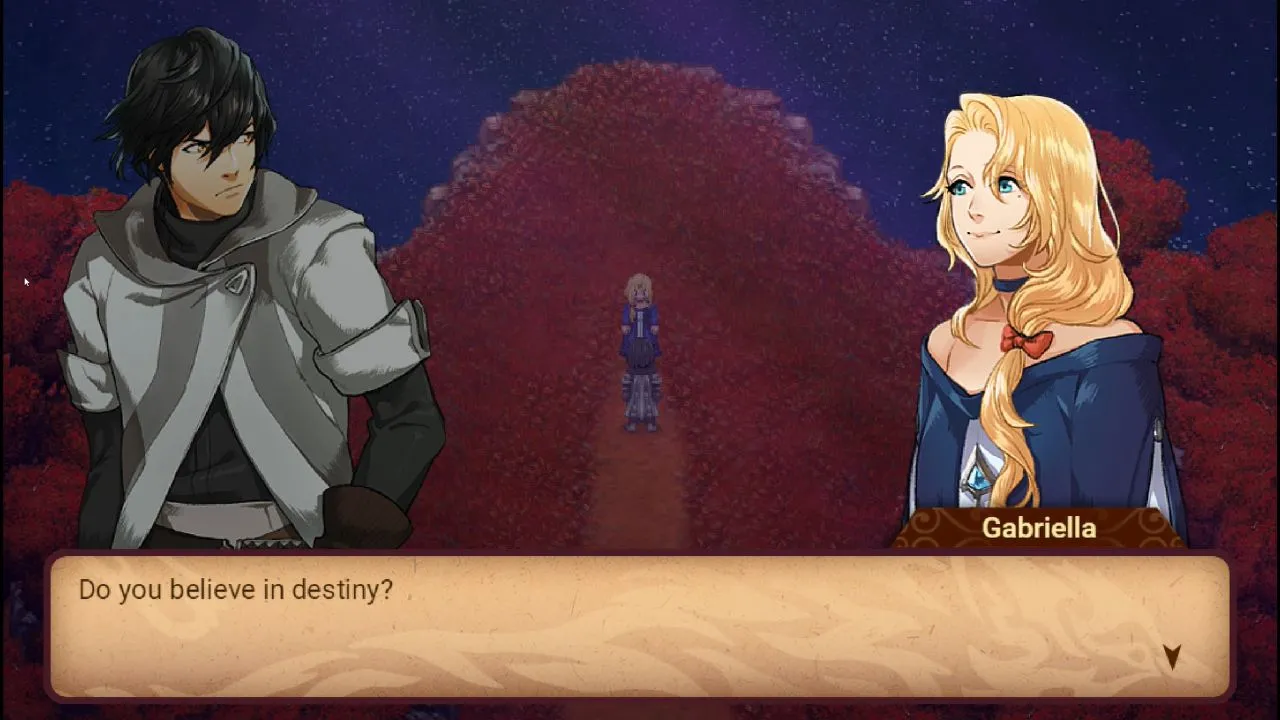
The Revenant Prince: A JRPG Throwback with a Dark Twist
Contents
The JRPG genre boasts iconic franchises like Final Fantasy, Dragon Quest, and Trails. What makes these games so compelling? Is it the chosen hero trope, the over-the-top abilities, or the distinctive battle systems? Many indie developers have tried to replicate the success of these giants, some by rote formula, while others draw inspiration while forging their own path. The Revenant Prince falls into the latter category, promising a JRPG experience inspired by the classics. Let’s delve into this indie title and see what it offers.
 A screenshot from The Revenant Prince showing the main character, Troy, in combat.
A screenshot from The Revenant Prince showing the main character, Troy, in combat.
A Dark and Branching Narrative
The Revenant Prince draws heavily from classic JRPGs like Final Fantasy and Chrono Trigger for its narrative inspiration. You play as Troy, a soldier in the Lumerian Empire, initially tasked with the noble, if typical, goal of bringing peace to the world. However, Troy quickly discovers this peace is enforced through brutal means, with the Empire willing to turn on its own citizens. He is even ordered to execute a rebel, forcing him to confront the dark side of his mission.
After questioning his superior, Olga, about this act, Troy barely escapes with his life thanks to the sacrifice of his childhood friend, Gabriella. Exhausted, he collapses in the snow, awakening in a strange place with a mysterious fox-like girl and fragmented memories. This marks the beginning of Troy’s true journey, a fight against a more insidious evil.
The game features a branching narrative shaped by Troy’s choices. These decisions impact his character development, the perceptions of NPCs, and ultimately, the balance of good and evil within him. This replayability adds depth and consequence to the experience.
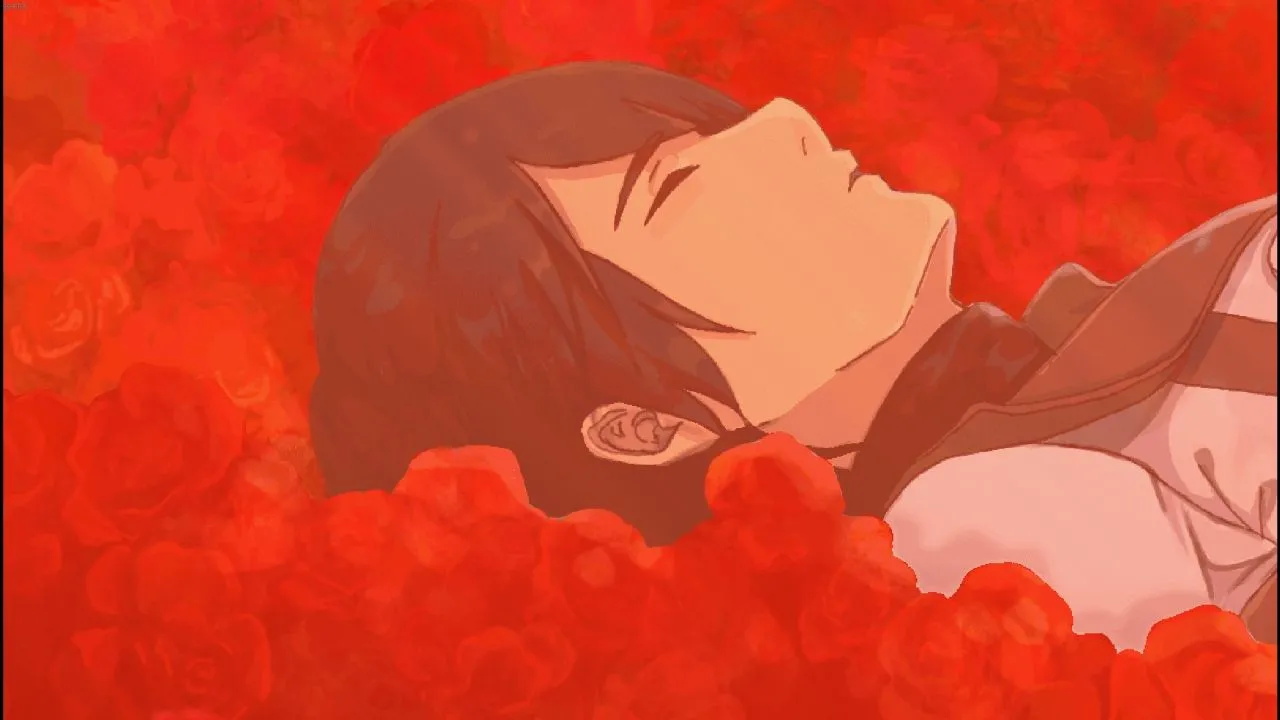 A screenshot from The Revenant Prince showing the dialogue options available to the player.
A screenshot from The Revenant Prince showing the dialogue options available to the player.
The Revenant Prince doesn’t shy away from dark themes. You might be forced to make difficult decisions, like ending the suffering of someone you know. While similar morality systems exist in games like Red Dead Redemption 2 and Undertale, their inclusion here enhances the role-playing aspect and adds weight to your actions. The rest of the plot, without giving too much away, is engaging and unfolds without explicit guidance on the map, a feature that will appeal to fans of classic JRPGs. Be prepared for some grim moments, including forced executions and character suicides, a stark contrast to more lighthearted JRPGs.
An Expanding World
The game world is divided into two distinct phases. The first half follows a linear progression reminiscent of traditional JRPGs. However, the world gradually opens up, eventually granting freedom in both space and time. You can travel between different locations and time periods, and, surprisingly, even confront the final boss early if you feel sufficiently powerful.
This approach is clearly inspired by Chrono Trigger and complements the narrative, providing a level of freedom rarely seen in RPGs. The ability to fast travel between cities also streamlines exploration. One minor drawback is the lack of a clear world map, which can make navigation slightly challenging.
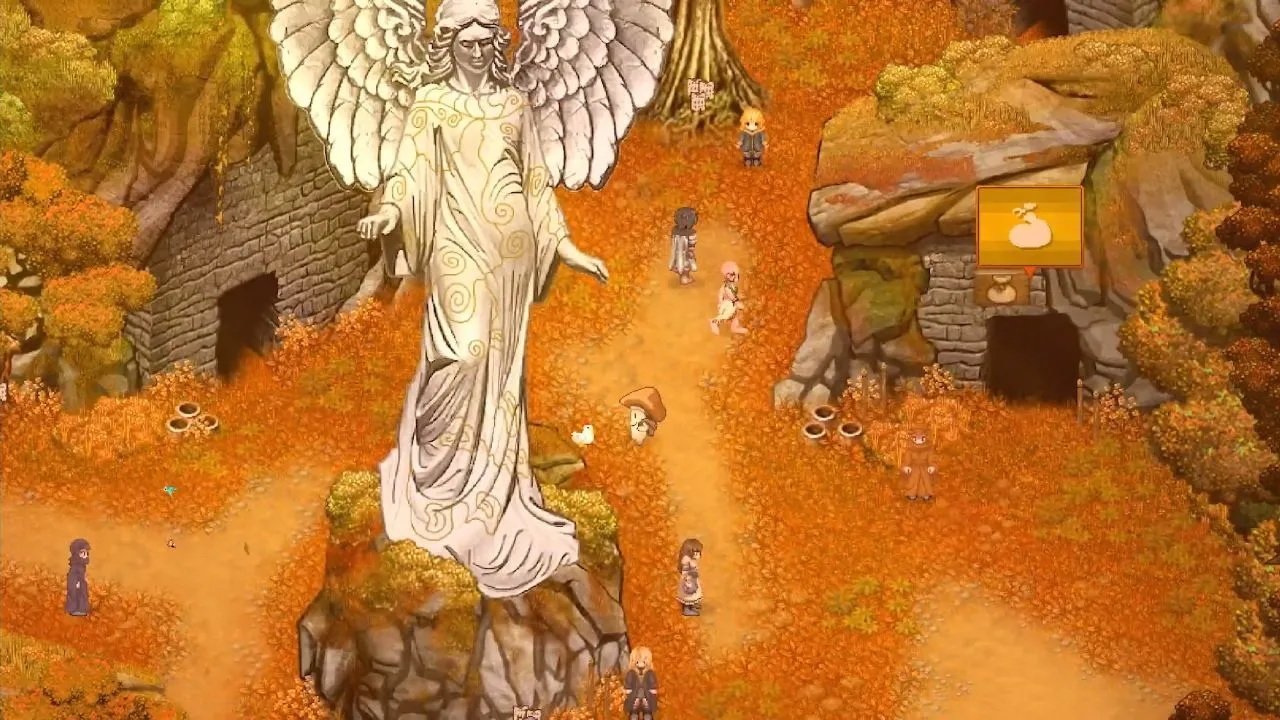 A screenshot from The Revenant Prince showcasing the game's environment.
A screenshot from The Revenant Prince showcasing the game's environment.
A Unique Battle System
The combat system is both a strength and a weakness. Dubbed “Active Time Battle,” it shares the name with the system from Final Fantasy IV through IX but plays more like Final Fantasy XIII. You equip three weapons: a sword, a gun, and a shield, each with its own BP gauge that regenerates over time.
Each weapon has three attack types: strong, medium, and light, each consuming different amounts of BP and having different cooldown times. Balancing these attacks is key to optimizing BP usage and maintaining offensive pressure. Since BP gauges are independent, you can switch between weapons to create combos and seamlessly transition to a defensive stance.
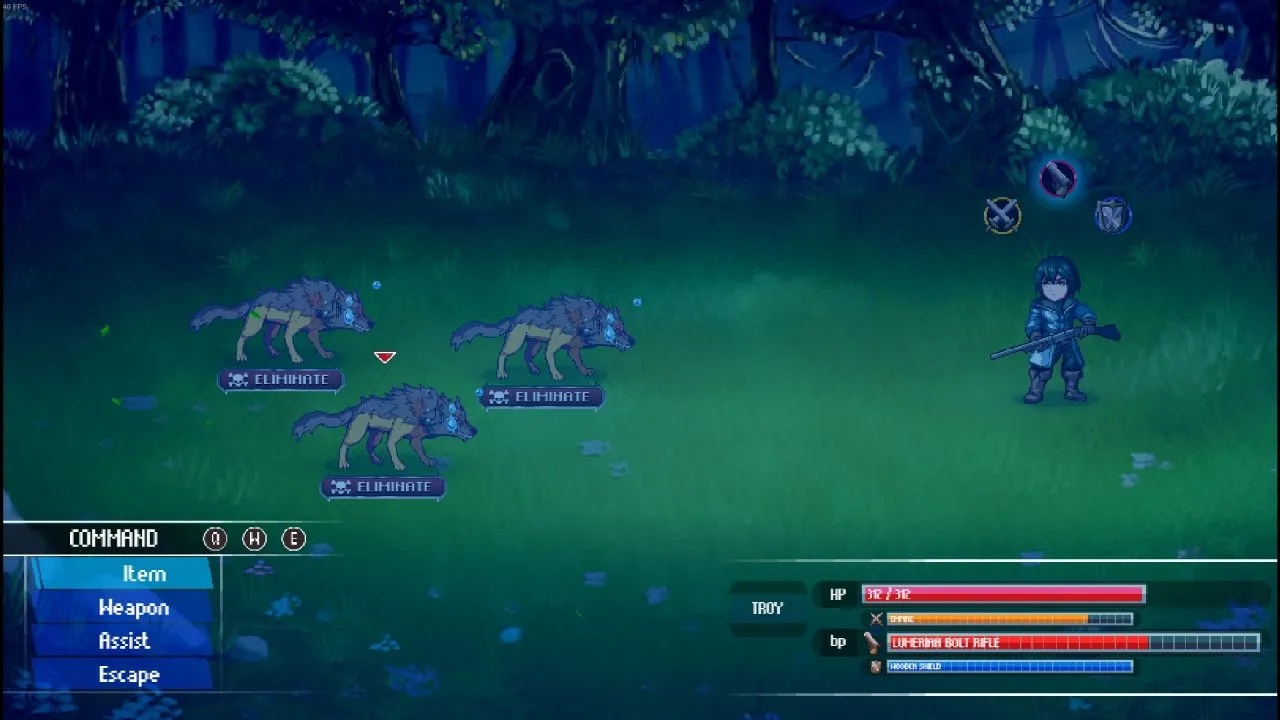 A screenshot displaying the battle interface in The Revenant Prince.
A screenshot displaying the battle interface in The Revenant Prince.
A unique feature is the choice to spare or finish off defeated enemies. This impacts the morality system, but sparing enemies doesn’t affect experience or item drops. During combat, a special menu lets you interact with enemies, offering dialogue options or the chance to let them escape, adding a layer of interaction beyond simply attacking.
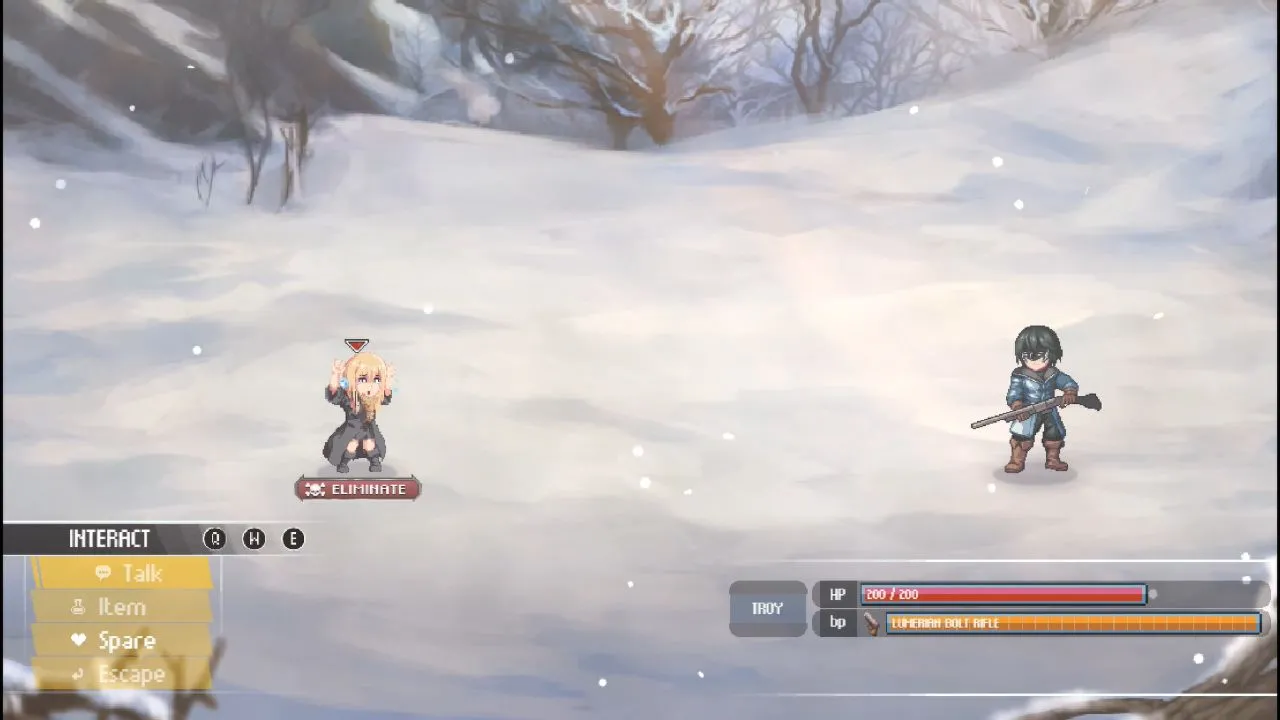 A screenshot showing the combat in The Revenant Prince.
A screenshot showing the combat in The Revenant Prince.
Unfortunately, the game lacks a diverse skillset, focusing primarily on weapon attacks. This limits strategic depth and prevents the combat from reaching the complexity of Final Fantasy XIII. While other characters join Troy’s party, they’re not directly controllable in battle, only offering support attacks via a menu command. This simplifies combat and diminishes the excitement of adding new party members. Enemy variety is also limited, with many respawning throughout the game. However, an option to disable random encounters is available for those who prefer to focus on exploration.
Frustrating Progression Systems
Beyond leveling up, character progression involves a “Sphere Grid” system, reminiscent of Final Fantasy X. You spend SGP to upgrade nodes in Attack, Defense, and Skill categories, granting minor stat boosts. However, these upgrades require significant grinding for minimal gains, lacking the satisfying payoff of Final Fantasy X‘s Sphere Grid or Final Fantasy XIII‘s Crystarium system.
Weapons can be upgraded at blacksmiths using rare materials. The grind for these materials is tedious, and the upgrades often become obsolete when better weapons are available in the next town. This makes weapon upgrading feel pointless and discourages investment.
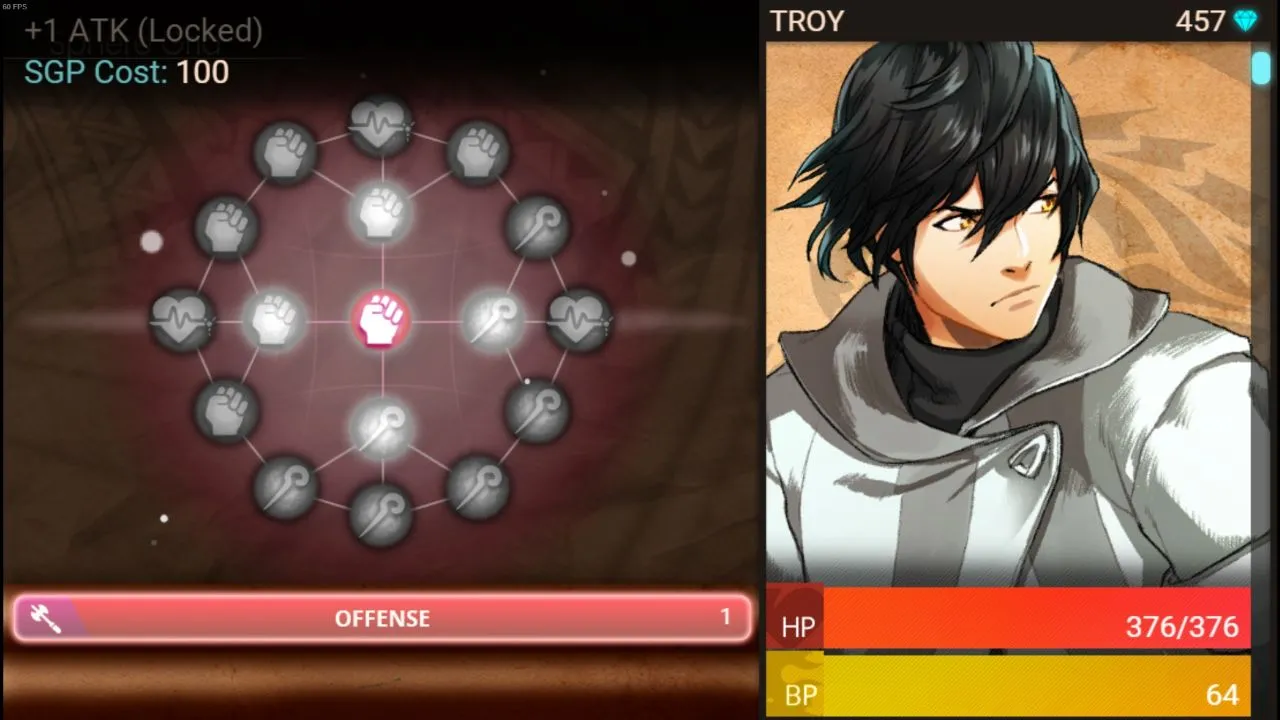 A screenshot from The Revenant Prince showing a character screen with upgrade options.
A screenshot from The Revenant Prince showing a character screen with upgrade options.
Technical Issues and Missing Features
Likely due to its solo development, The Revenant Prince suffers from technical issues. The game crashed a few times during testing, highlighting the importance of frequent manual saves. The lack of an autosave feature is a significant oversight, potentially leading to frustrating progress loss. In one instance, the game froze during combat, requiring a restart and losing an hour of gameplay. For a finished game, this lack of stability is unacceptable.
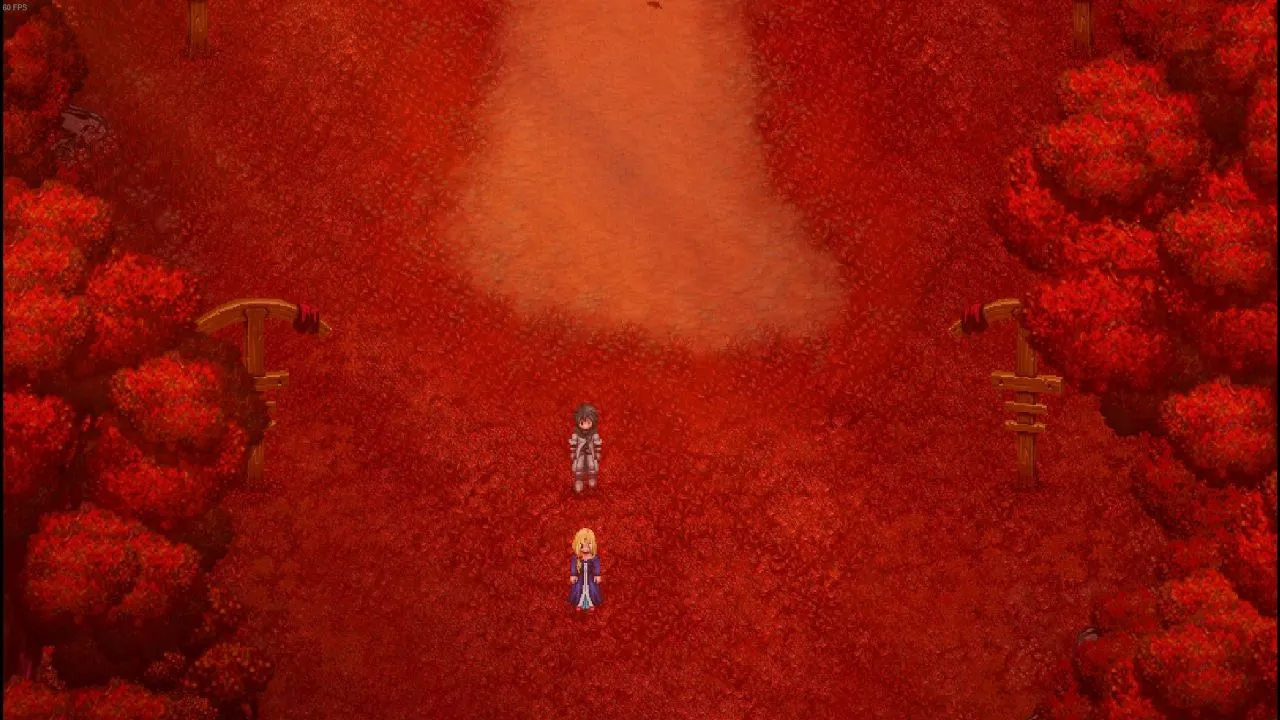 A screenshot from The Revenant Prince displaying the in-game environment.
A screenshot from The Revenant Prince displaying the in-game environment.
The Steam Overlay is also non-functional, preventing convenient screenshot capture and access to other Steam features during gameplay. This adds inconvenience and makes documenting memorable moments difficult.
Conclusion
The Revenant Prince presents a compelling narrative and a unique world, but its underdeveloped combat, frustrating progression systems, and technical issues hold it back. While it captures the spirit of classic JRPGs in some aspects, it falls short in delivering a truly polished and engaging experience.





Comments (0)